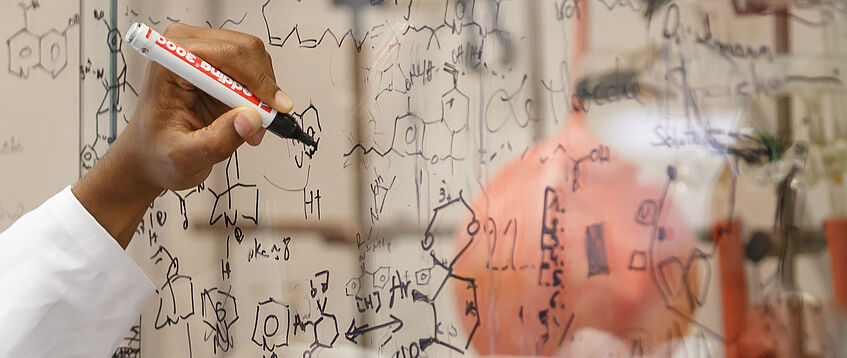Research Networks

(Photo: Universität Wien/derknopfdruecker.com)
Environment and Climate Research Hub (ECH)
- Head: Thilo Hofmann
- Deputy Head: Sabine Pahl
- ech.univie.ac.at
- ECH member scientists of the Faculty of Chemistry: Thomas Böttcher, Leticia Gonzalez, Gunda Köllensperger, Laura Maggini, Doris Marko, Nuno Maulide, Porras Brenes, Benedikt Warth
The Environment and Climate Research Hub (ECH) brings together researchers from various disciplines of the University of Vienna. From isotope researchers to geographers, from hydrologists to lawyers and sociologists, there is a broad range of scientific topics and knowledge represented in the research hub. The ECH has a lot of creative potential for future environmental research. Based on interdisciplinary exchange and joint activities – almost all Faculties and Centres are represented –, new perspectives on research topics as well as ideas for joint project proposals can arise.
Research Network Data Science
- Head: Torsten Möller
- Deputy Heads: Philipp Grohs, Claudia Plant
- Data Science @Uni Vienna
- Board members from the Faculty of Chemistry: Boris Maryasin, Nuno Maulide, Jürgen Zanghellini
The Research Network Data Science is a hub linking activities in data science at the University of Vienna. It brings together researchers from different areas to master the challenges of this new field. To this end, the research network will primarily be driven by application problems whose solution requires novel methodological developments. Specific focus is on problems arising in the fields of Astronomy, Digital Humanities, Finance, Industry 4.0, Medical Sciences.
